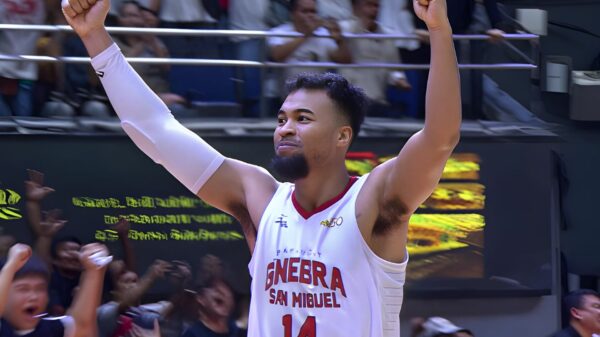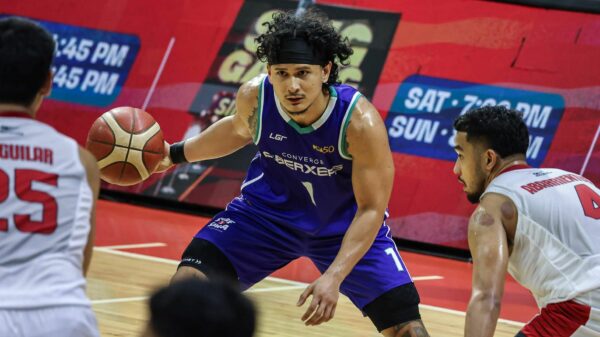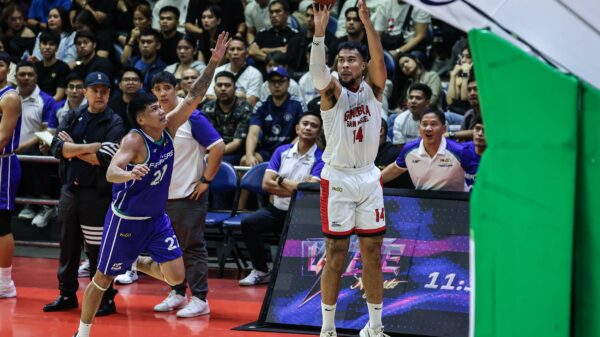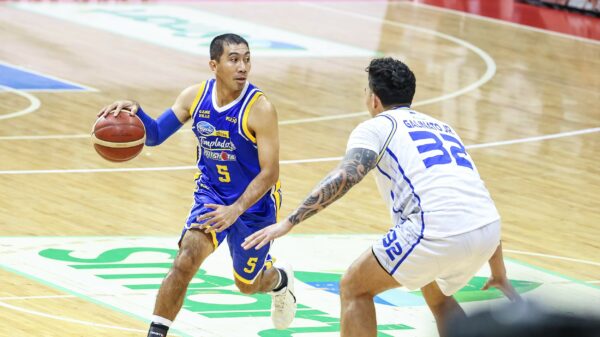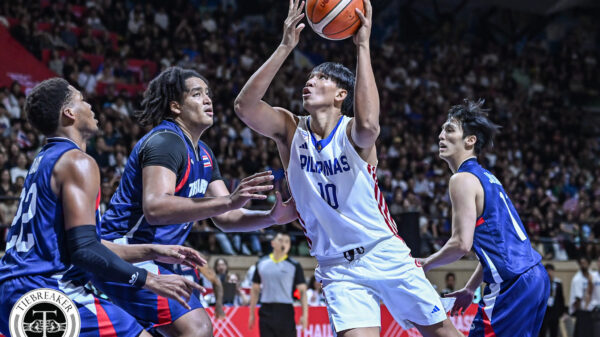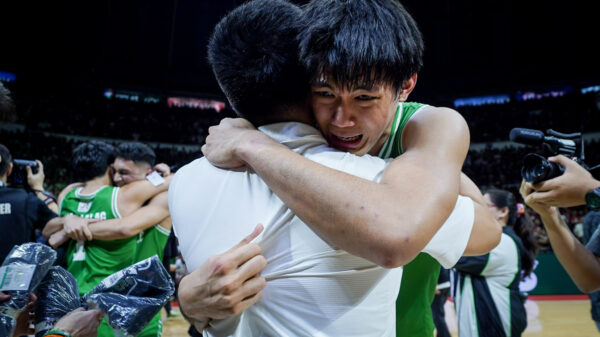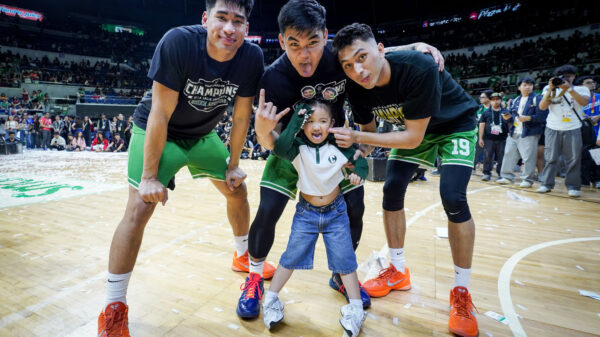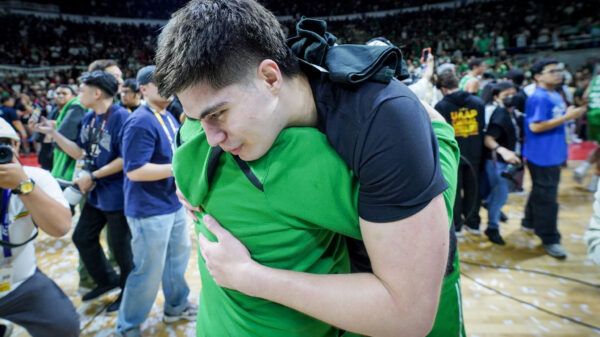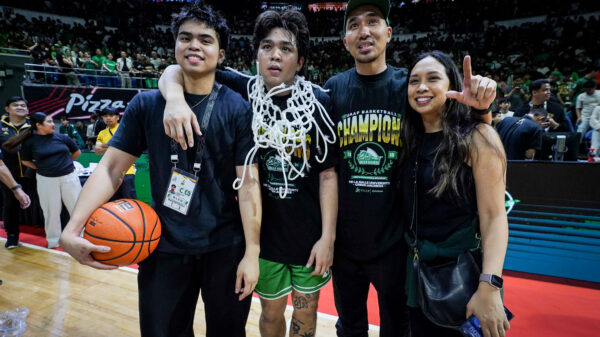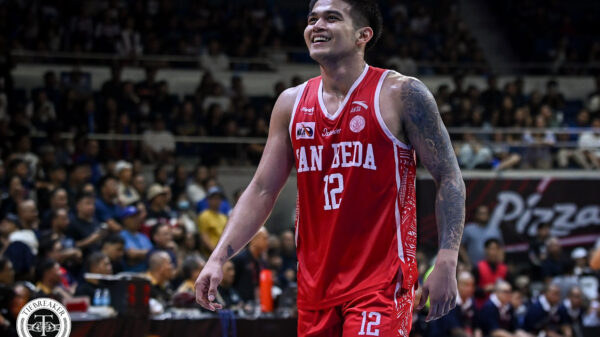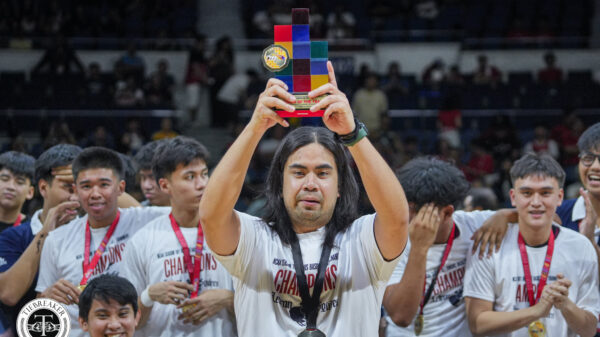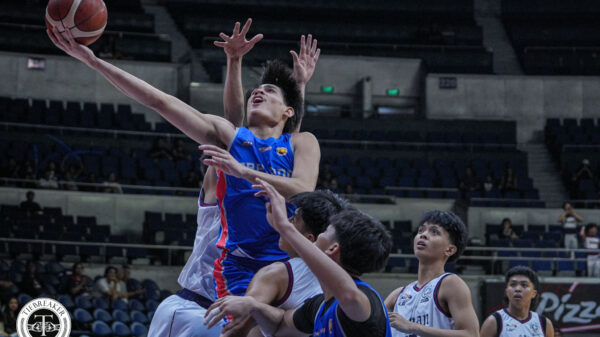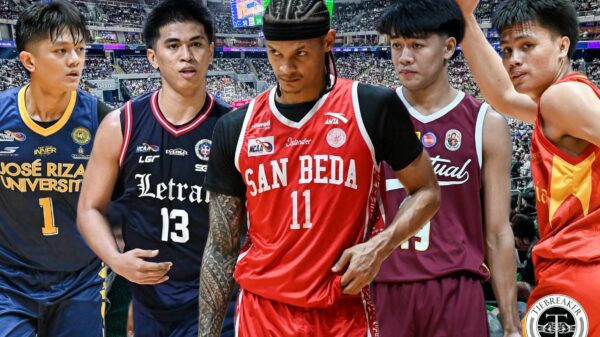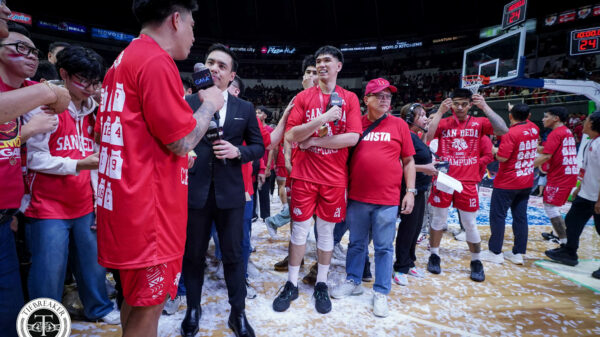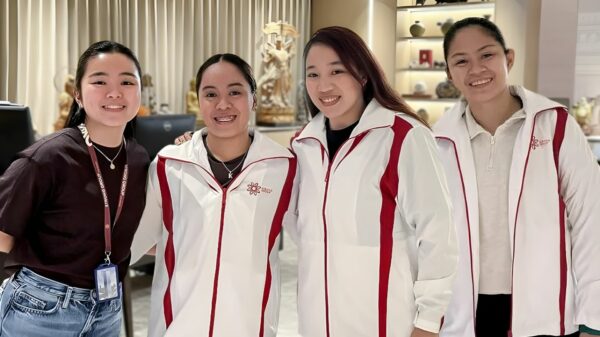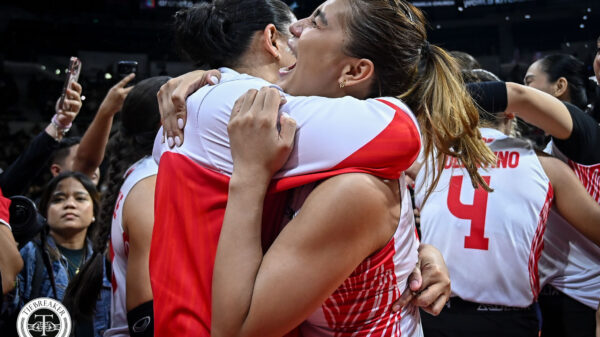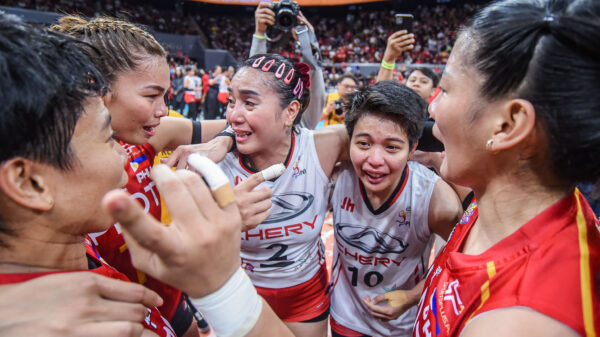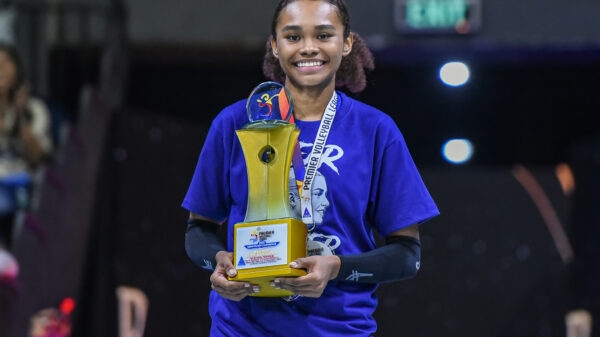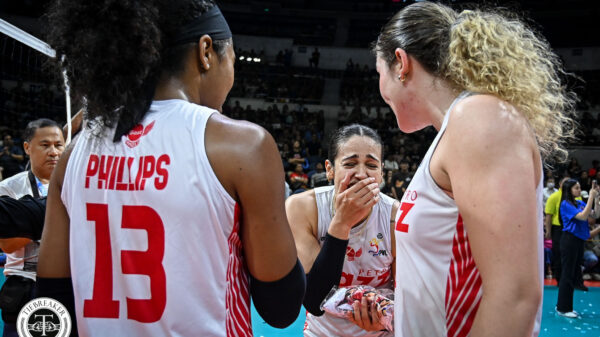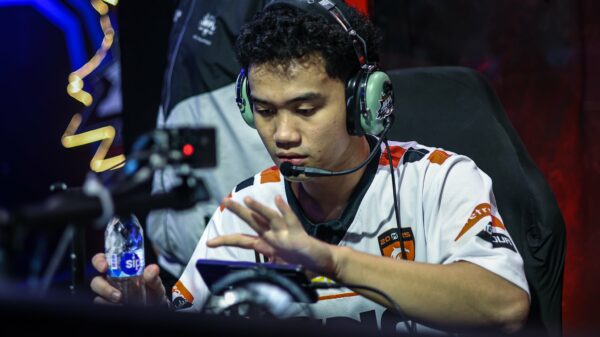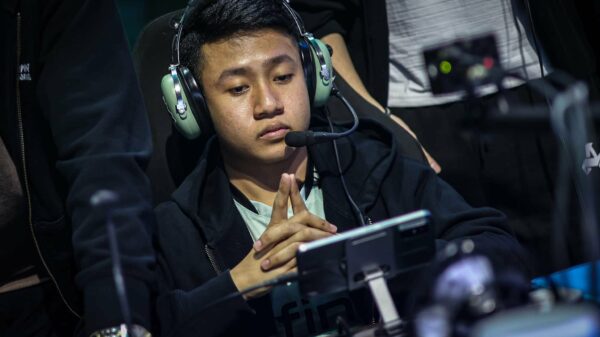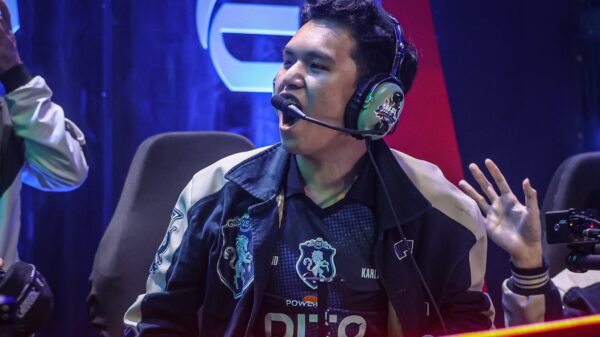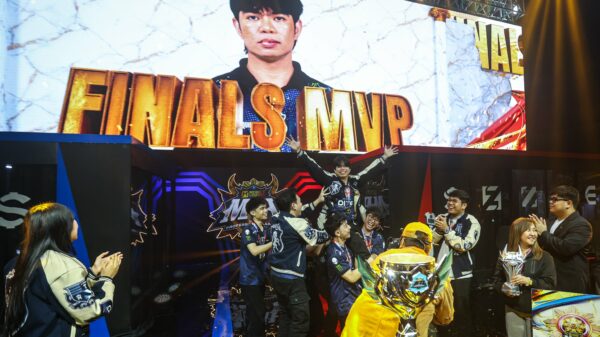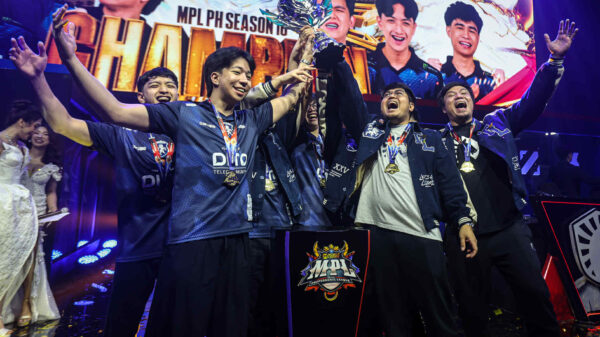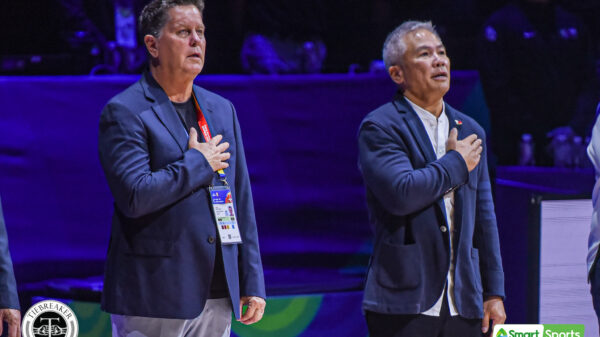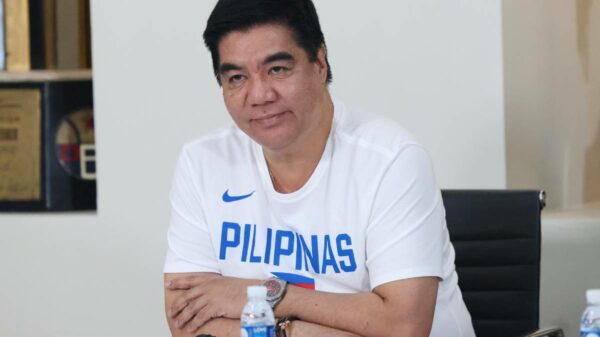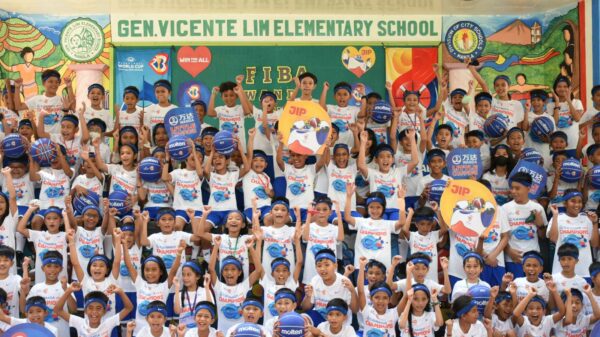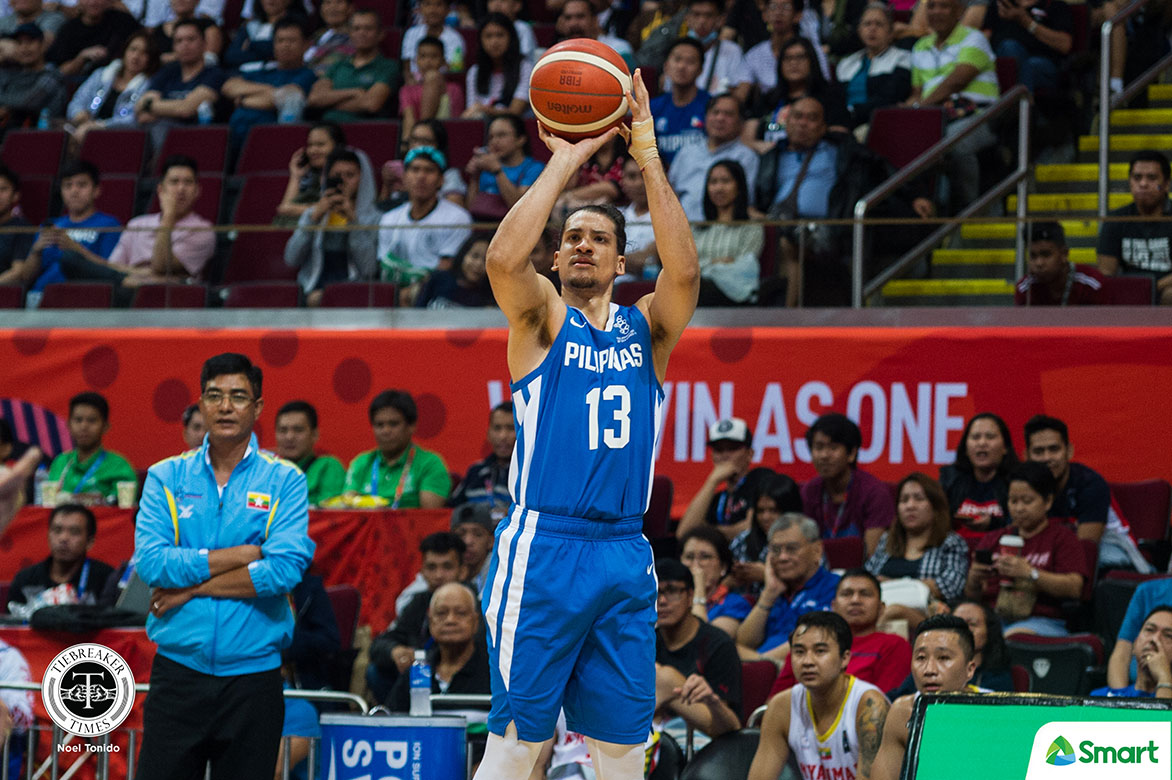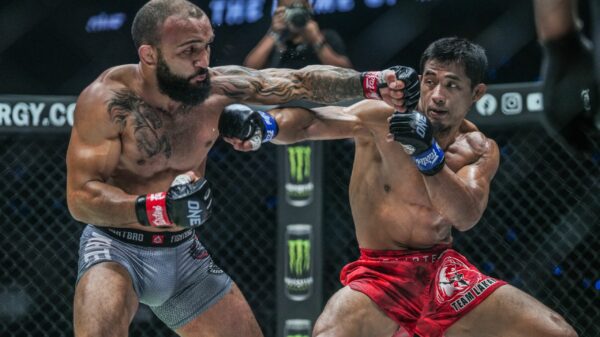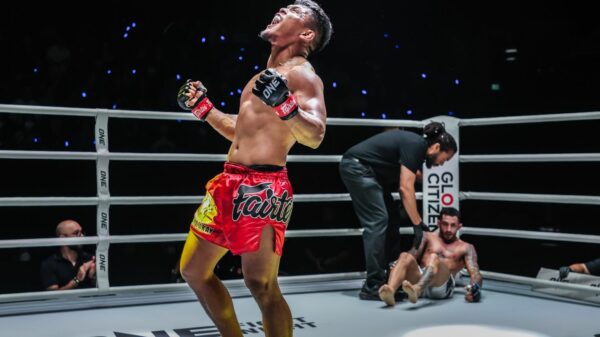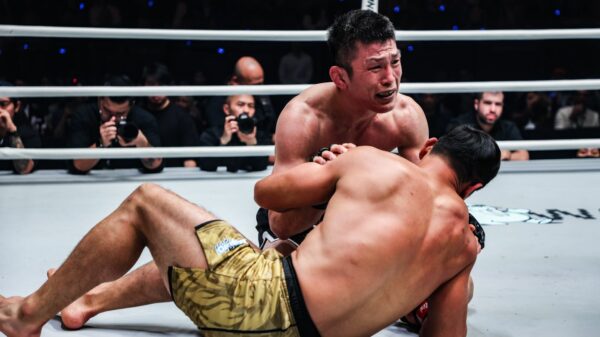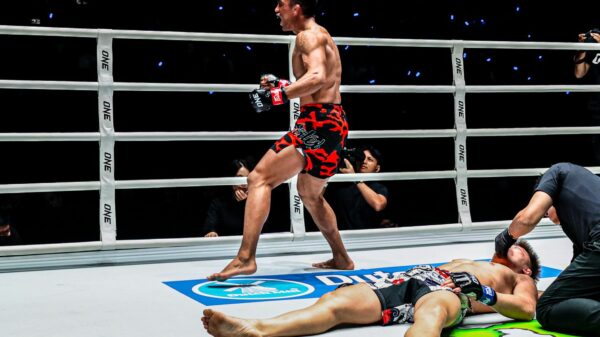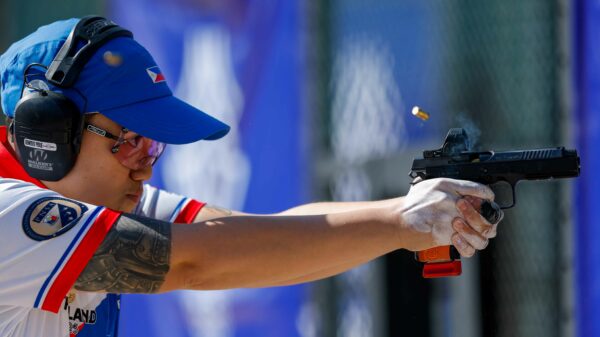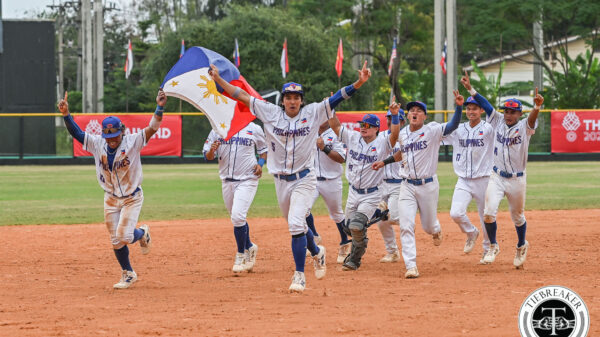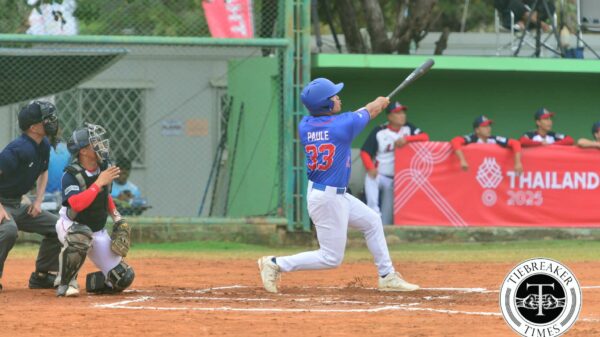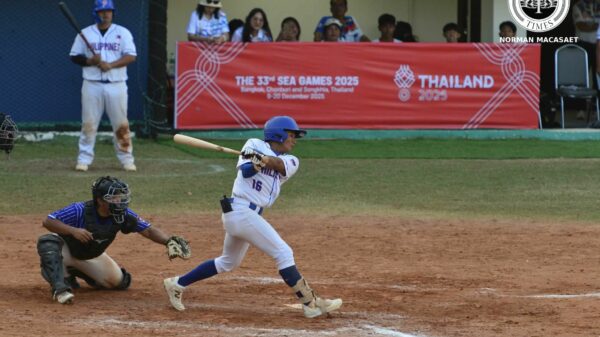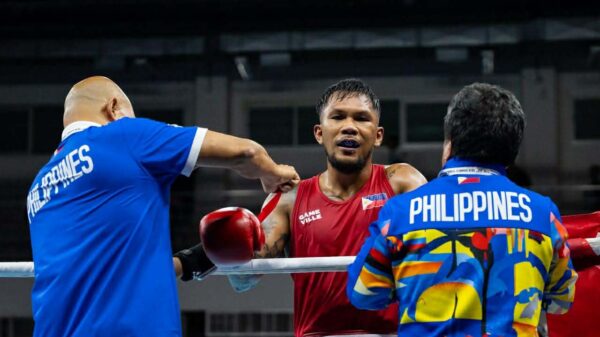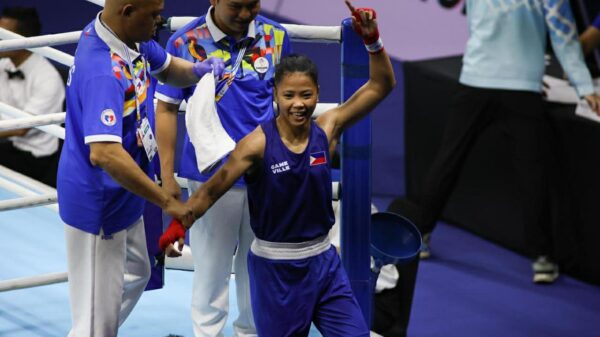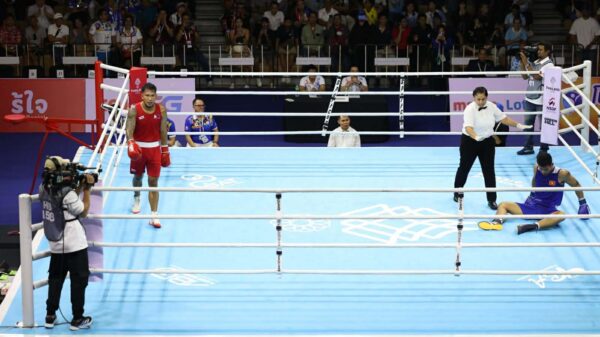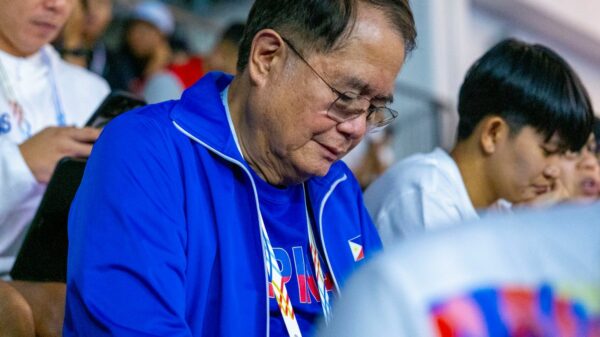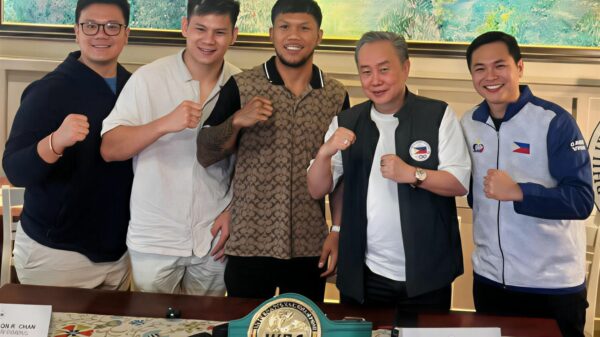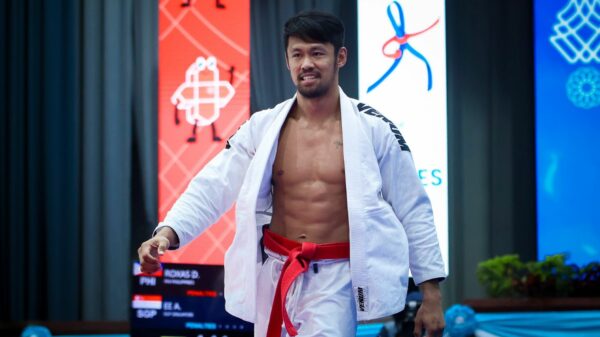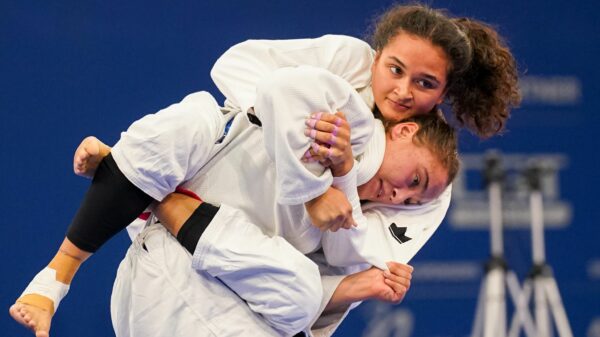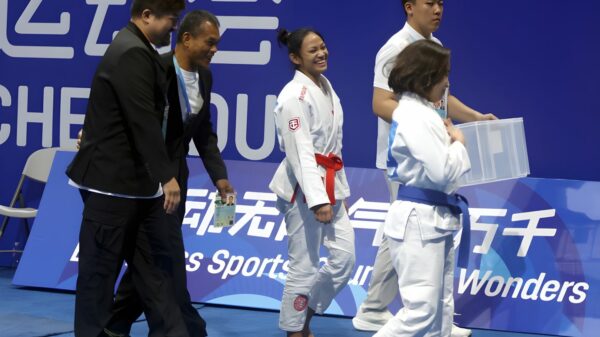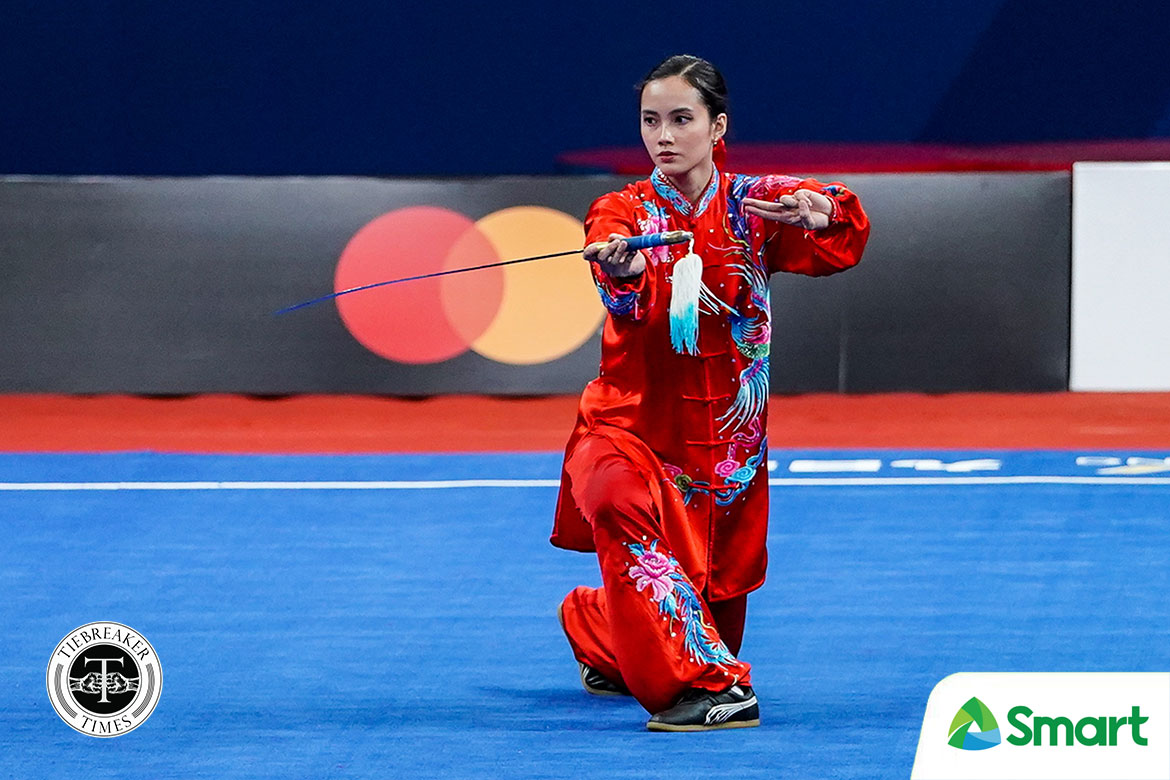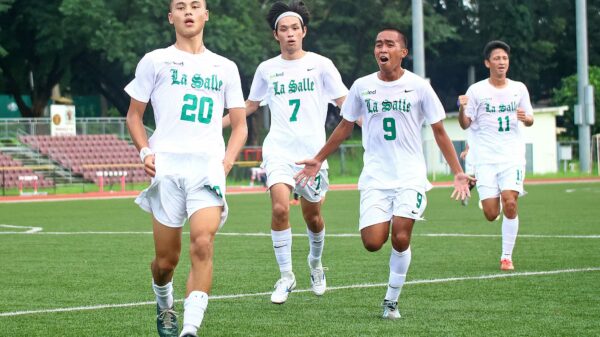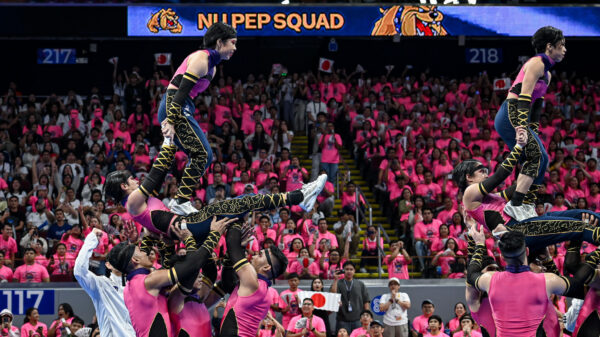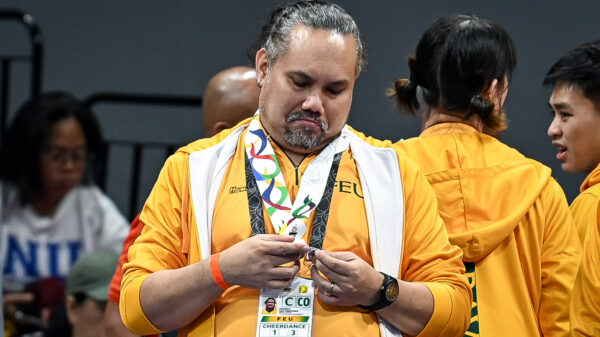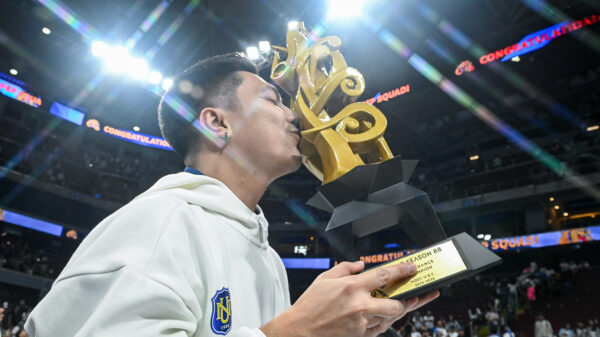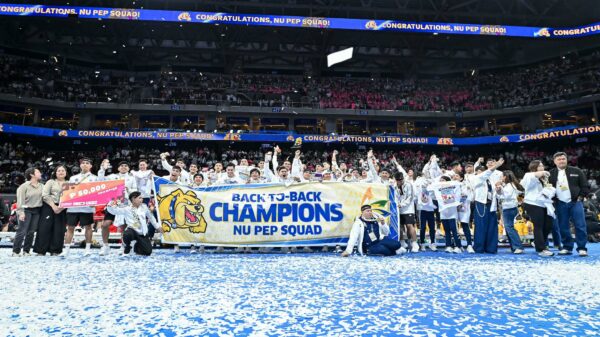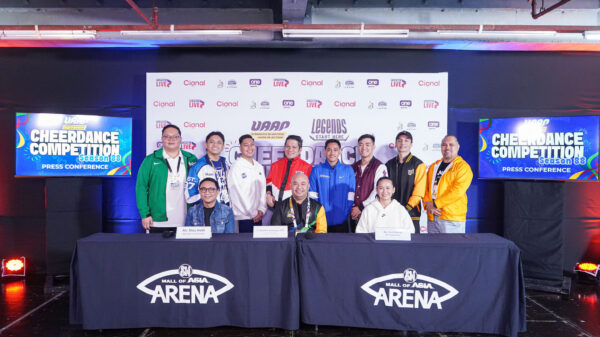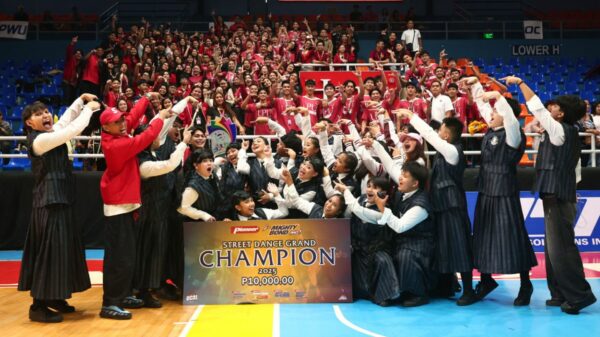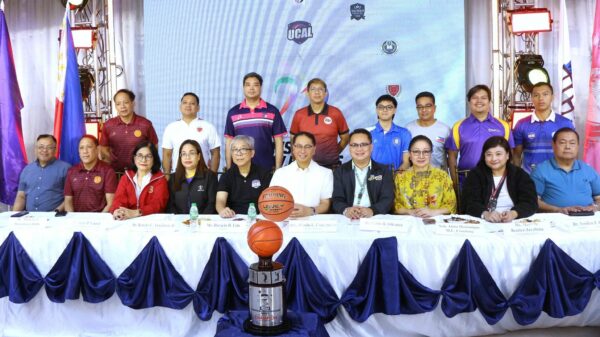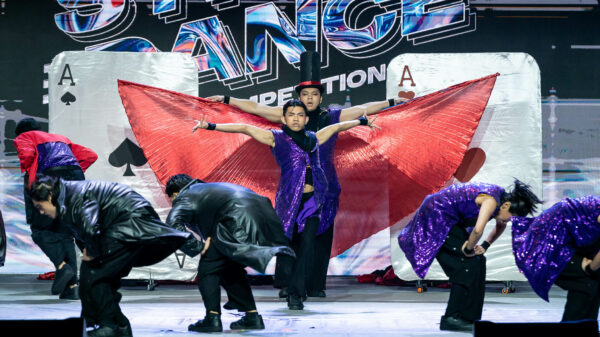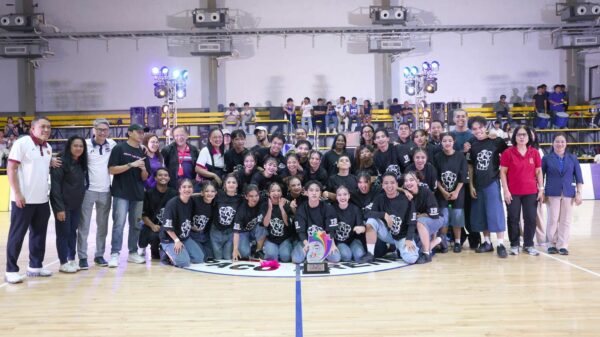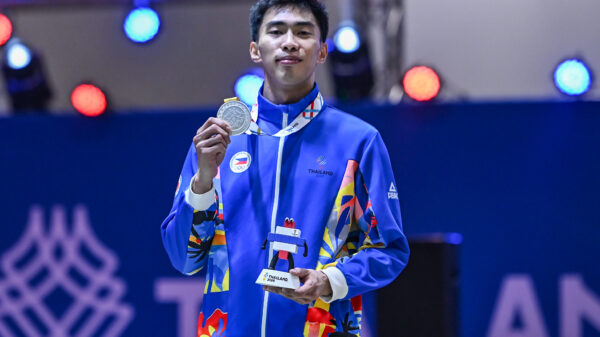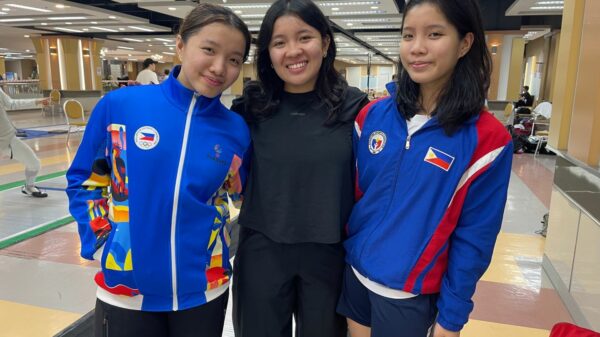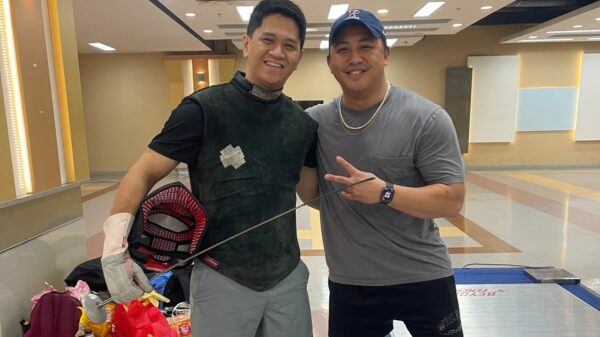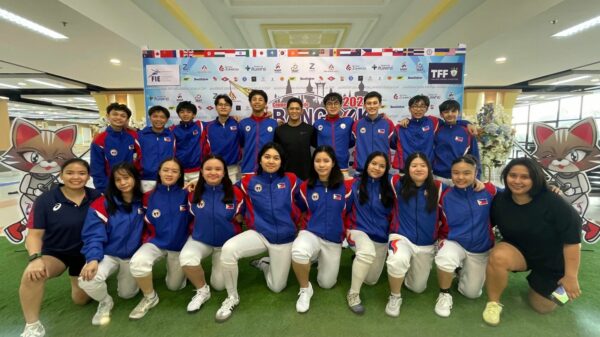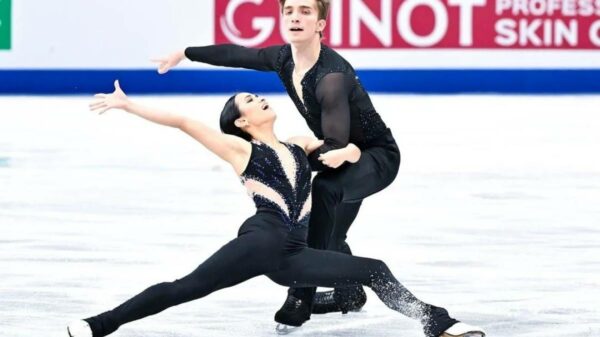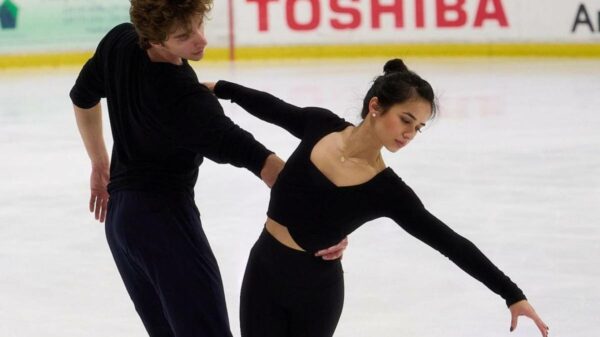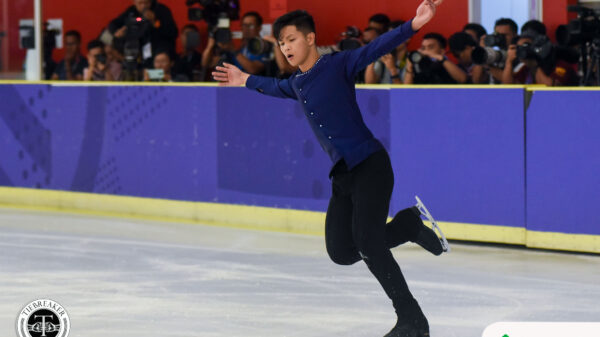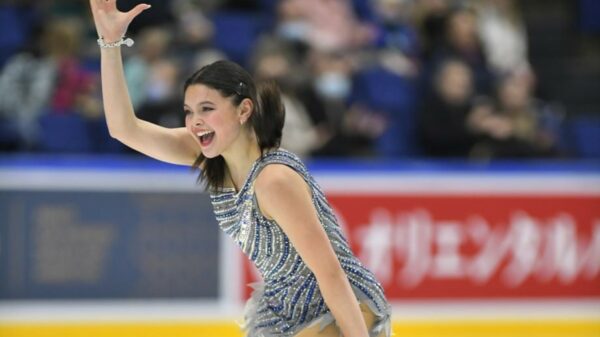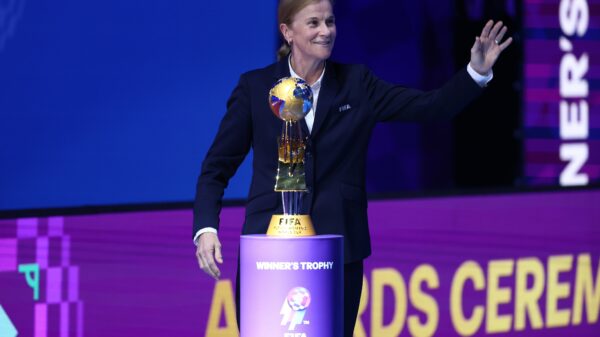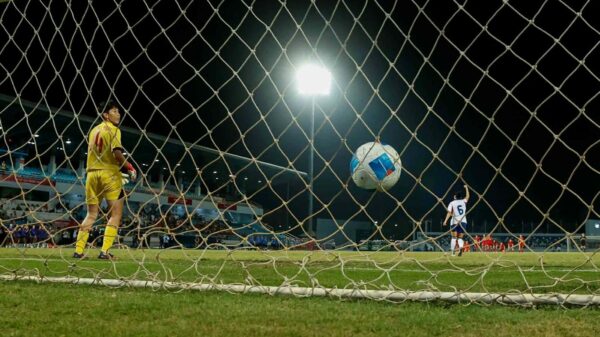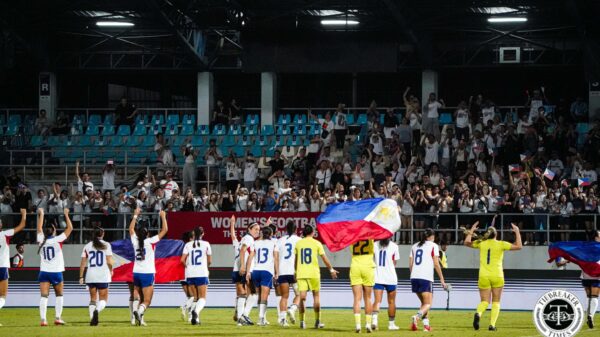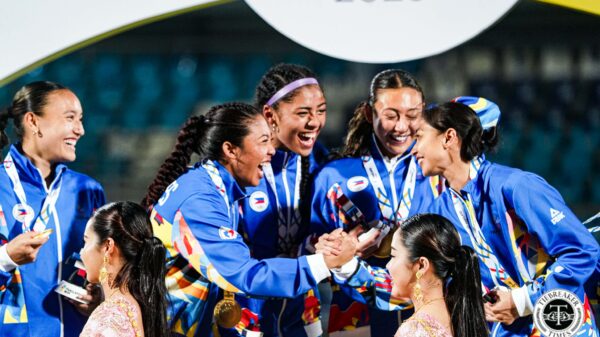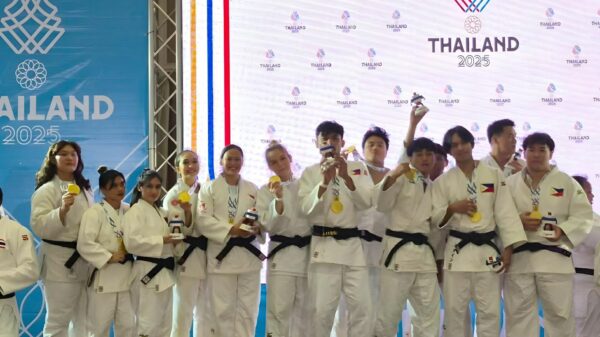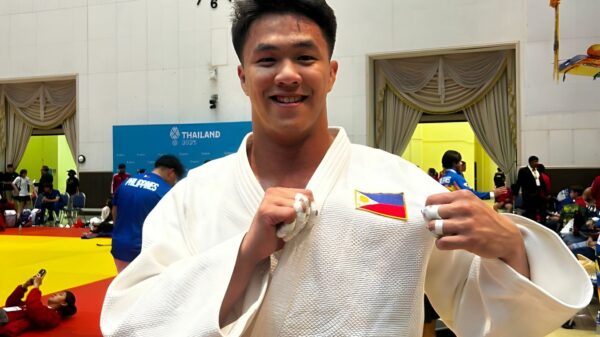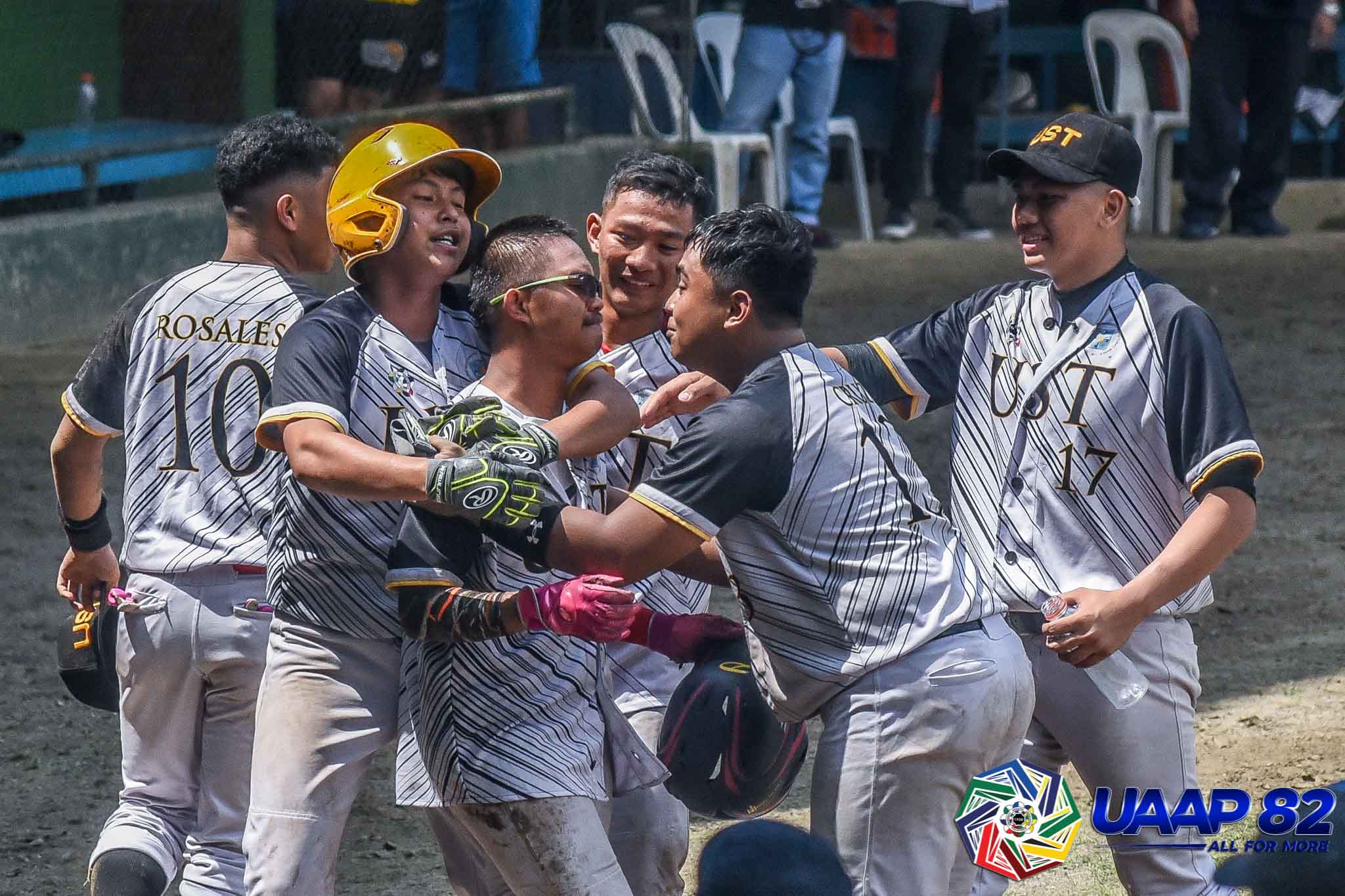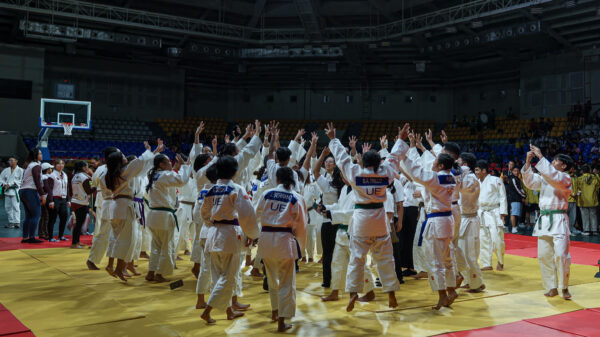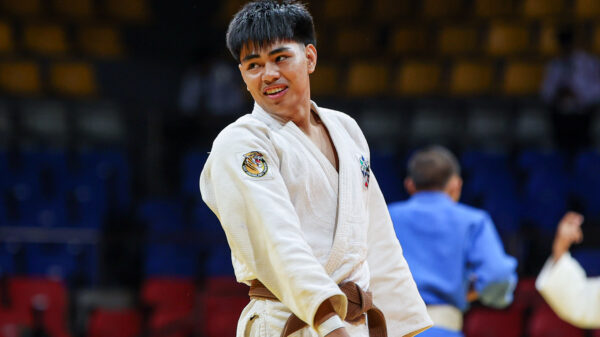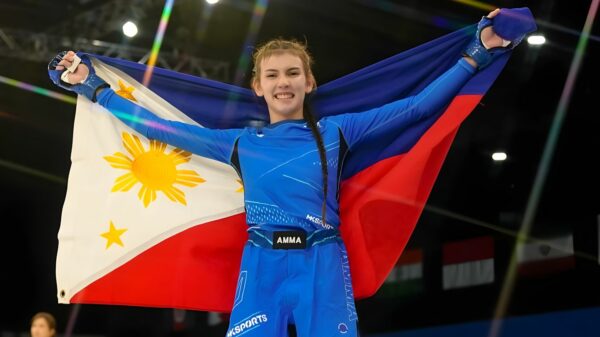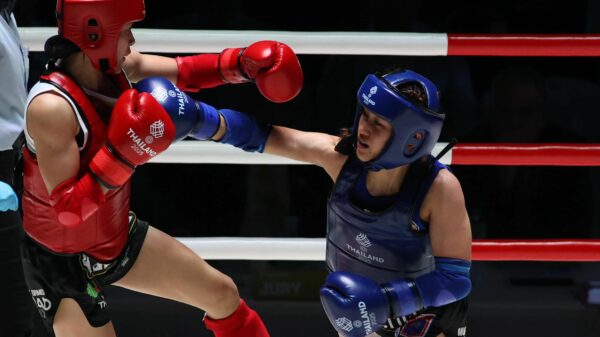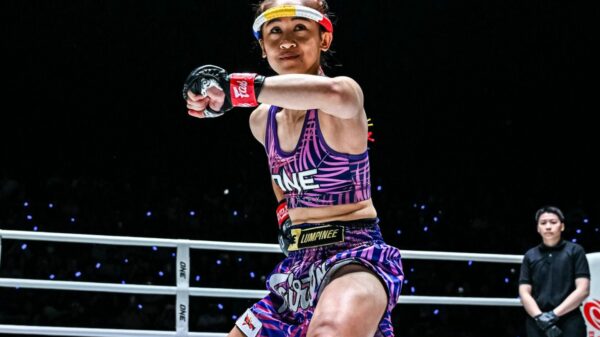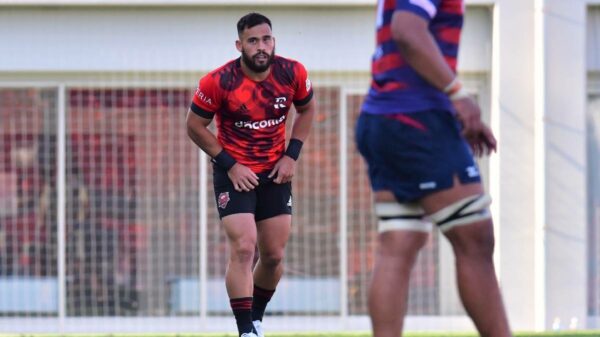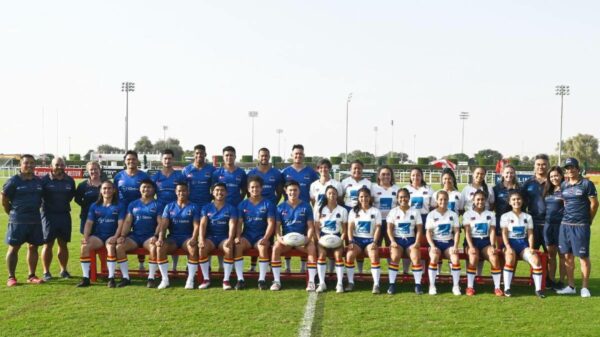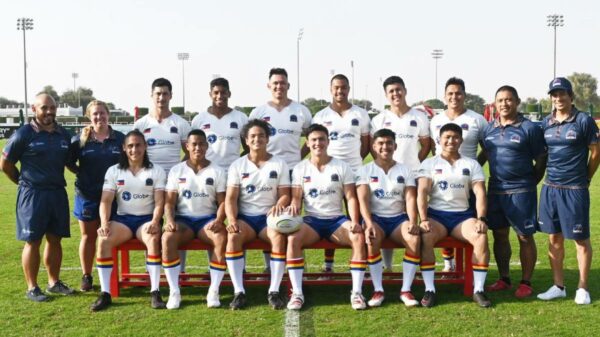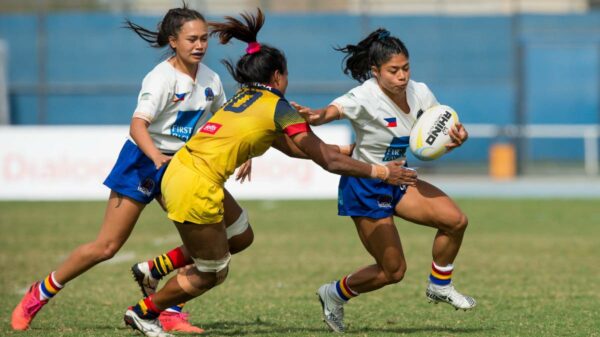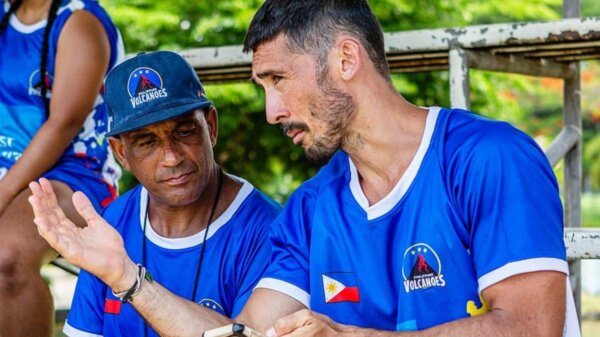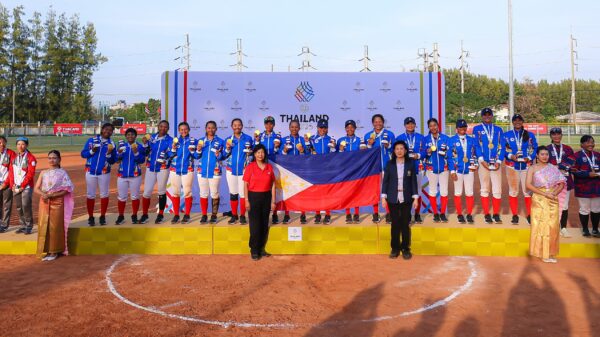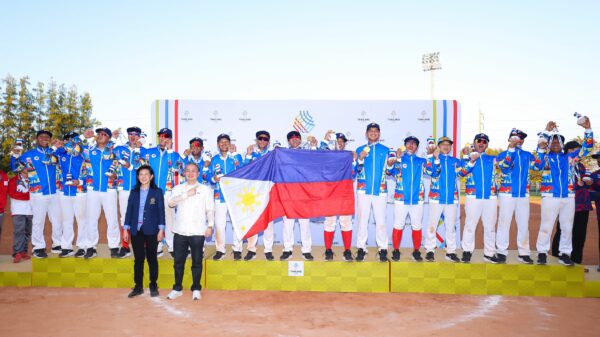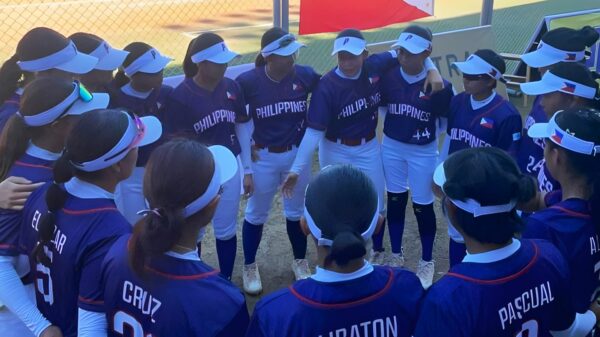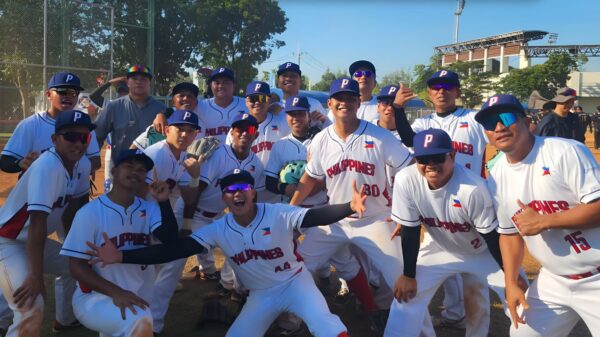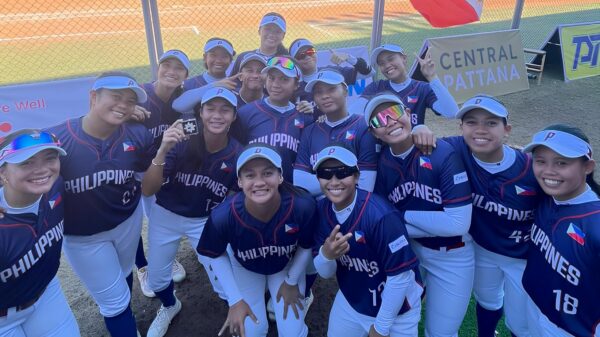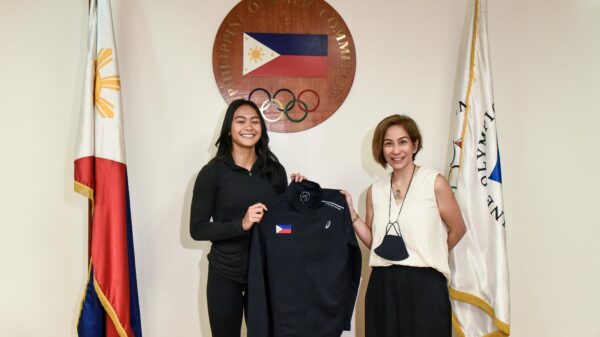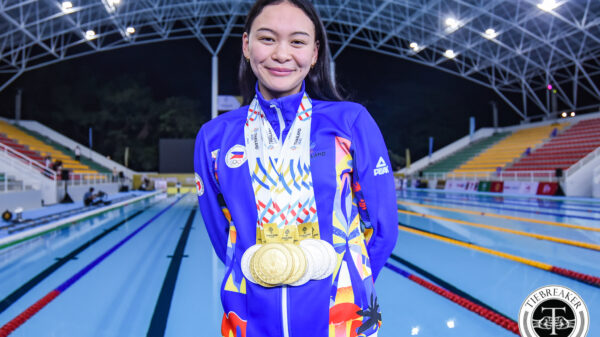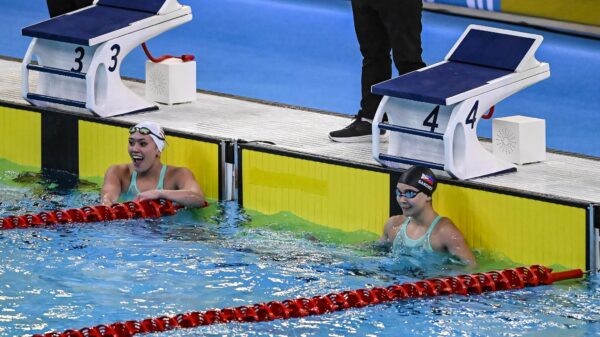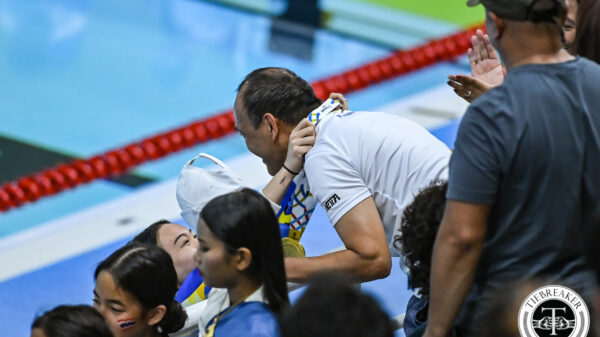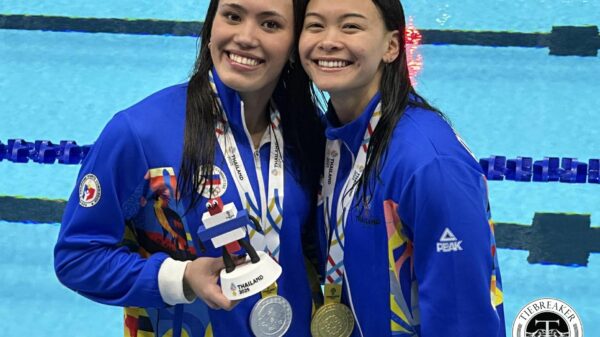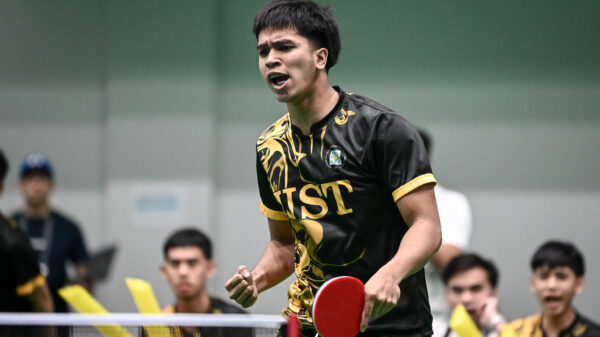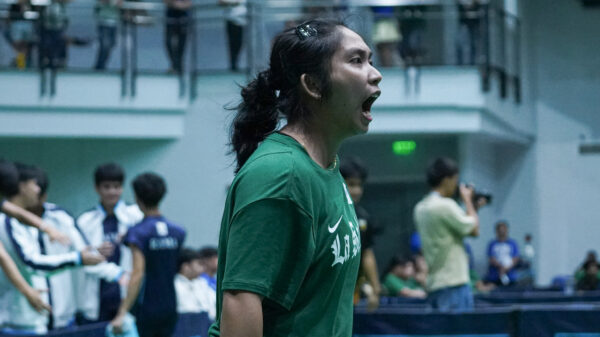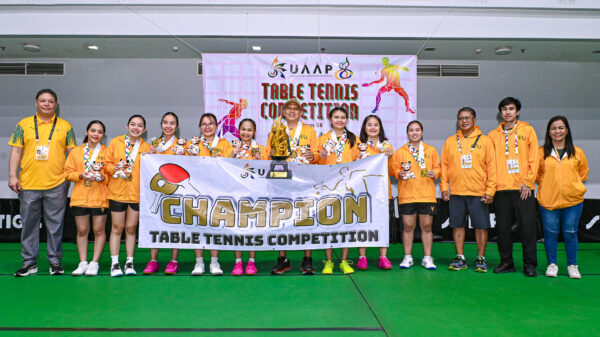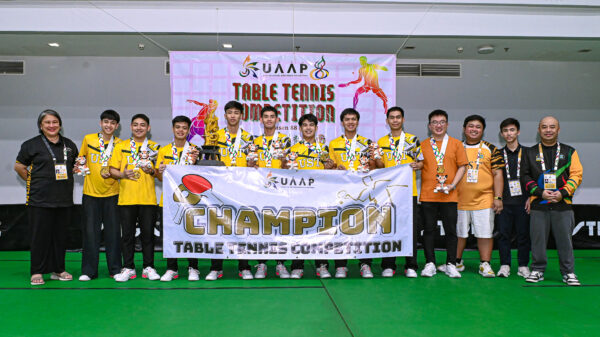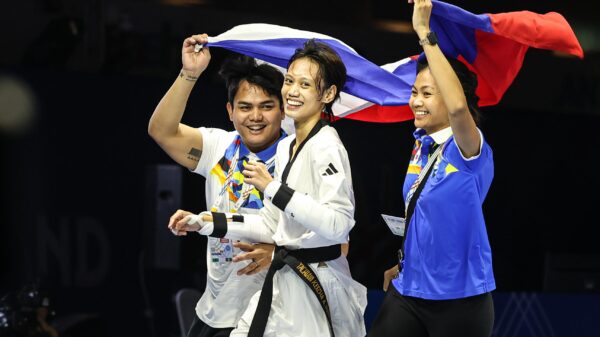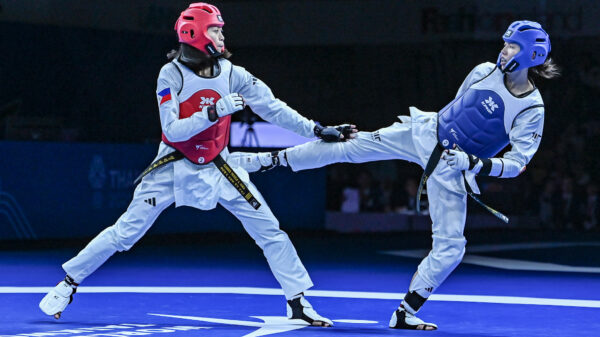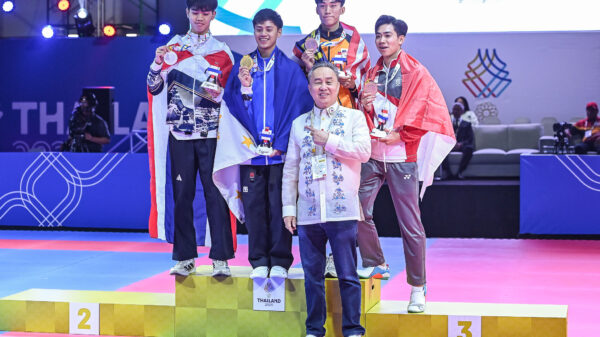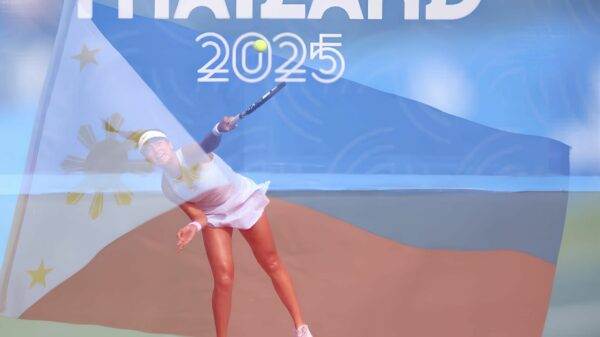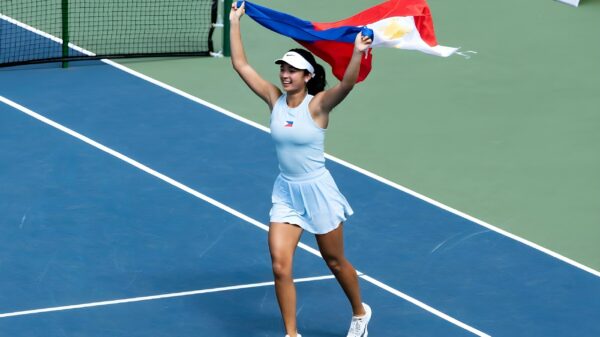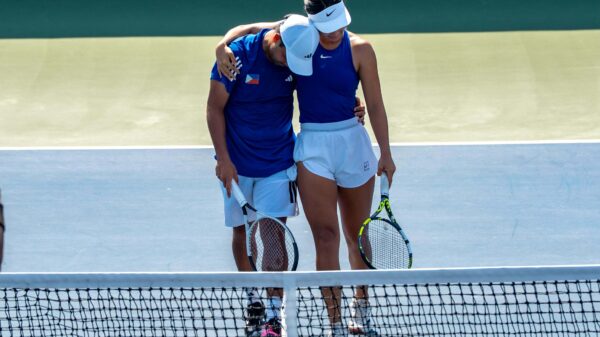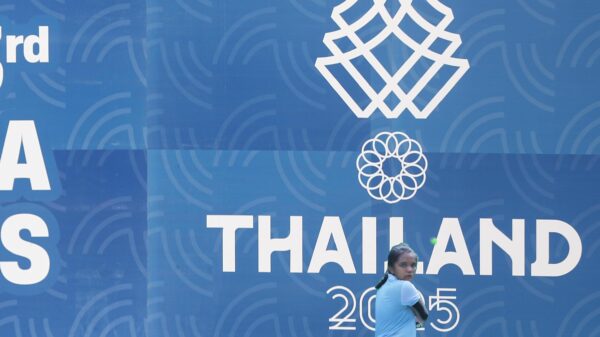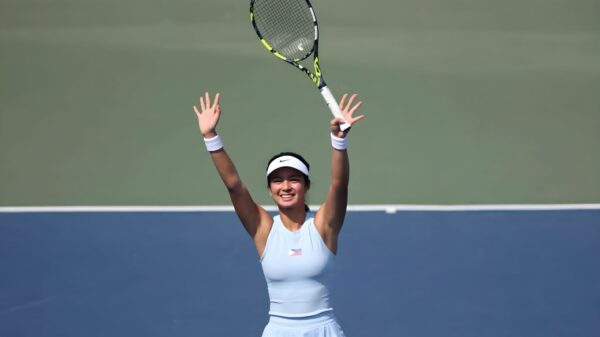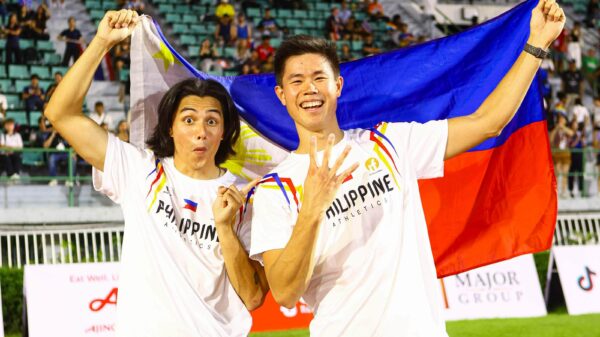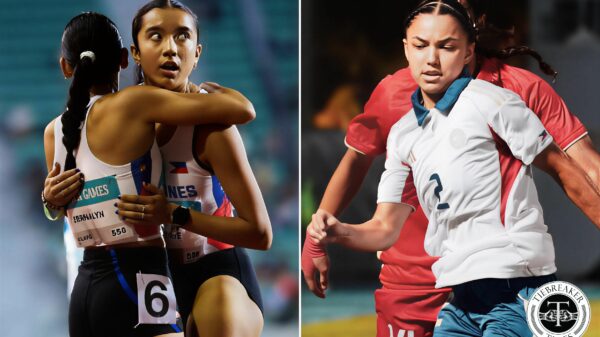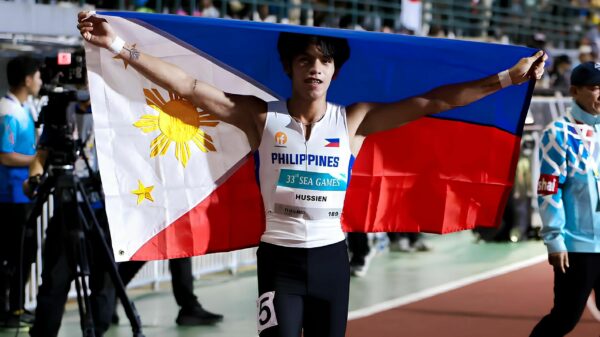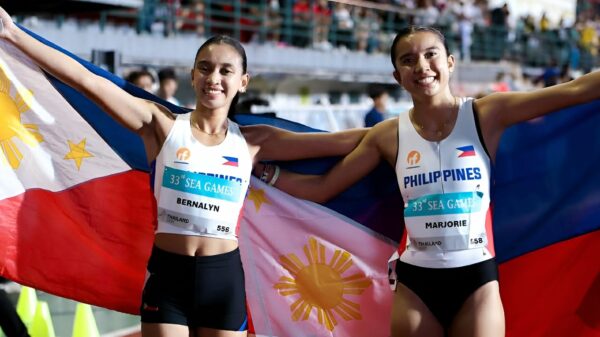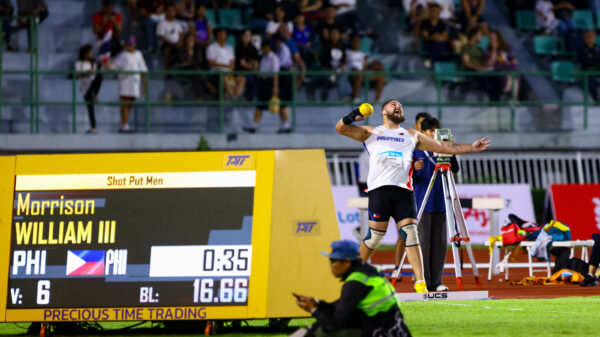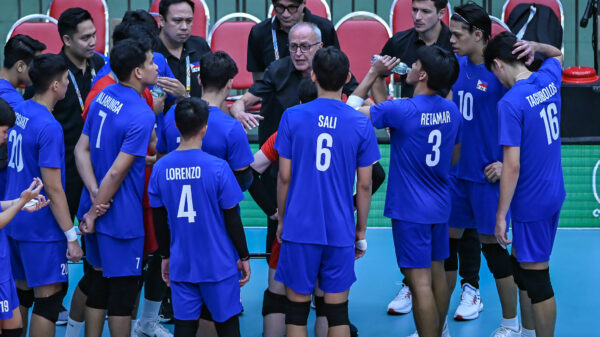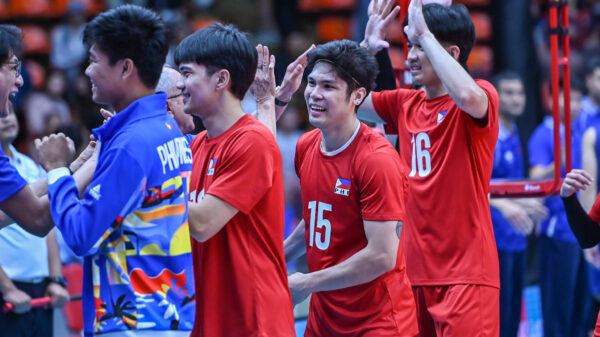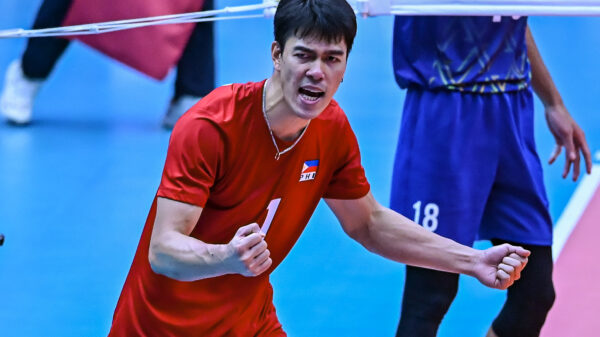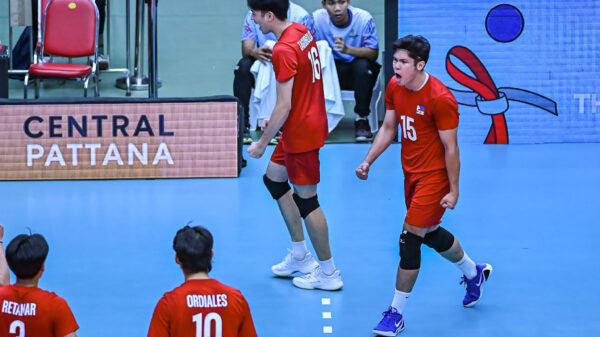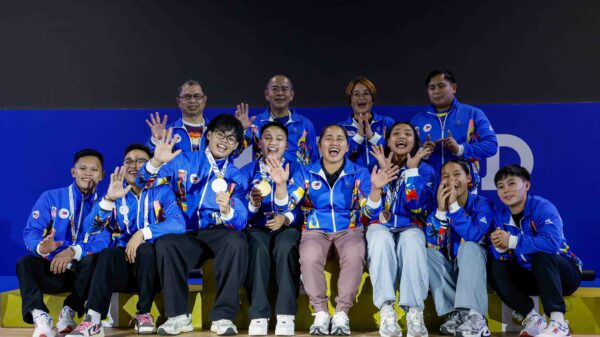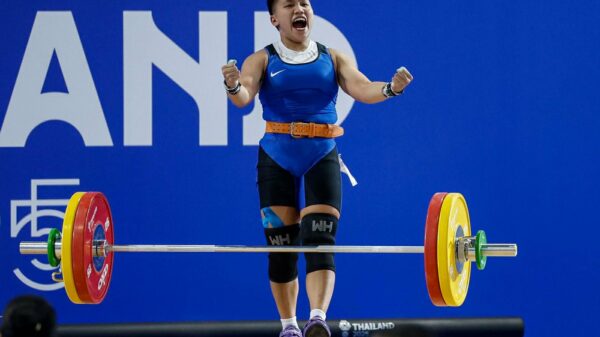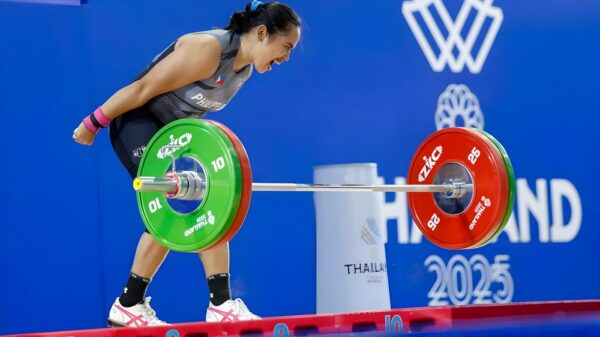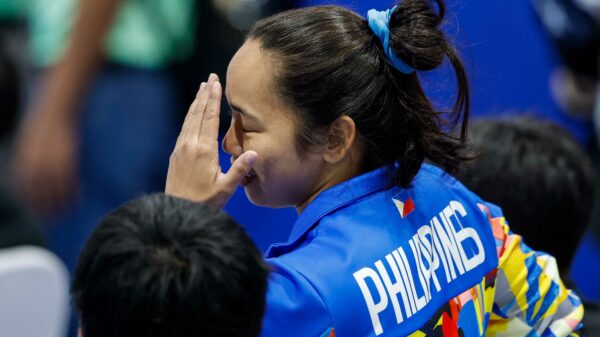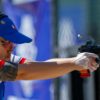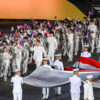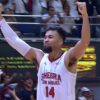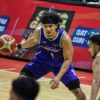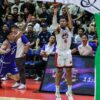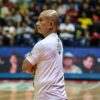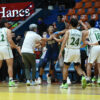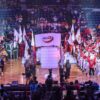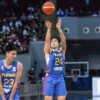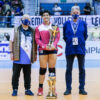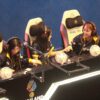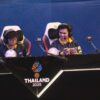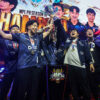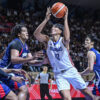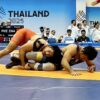While 2015 has been such a huge year for local volleyball, we fans haven’t really been treated to a thrilling, non-lopsided Finals series in any of the major local volleyball leagues. Arellano was too much for Baste in the NCAA, injuries robbed us of another epic La Salle-Ateneo duel in the UAAP, and though our hearts melted for the effervescent Shopinas.com Lady Clickers, the Petron Blaze Spikers met their bubbles with a deadly flamethrower of talent in the PSL.
But things are looking up for us in the Shakey’s V-League Open Conference Finals with arguably the two best local volleyball clubs today (maybe ever) colliding in what could be this year’s best volleyball finals.
On one side, we have the grizzled veterans of the Army Lady Troopers. Their roster is filled with players once deemed to be the future of local volleyball. If names like Tina Salak, Rachel Anne Daquis, Nene Bautista, Ging Balse, and Jovelyn Gonzaga don’t ring any of your bells, then you should really watch more volleyball, you casual! If those players don’t make you tremble, Army also received an infusion of young talent in returning guest players Dindin Manabat, Mina Aganon, and Army recruits Tin Agno and Royse Tubino. The Lady Troopers have been unbeatable in past V-League seasons. Their rivals, Cagayan, needed imports to steal a crown from them. This season proved much of the same as they easily plowed through every team – except PLDT.
The PLDT side is a young and thundering herd of some of the most celebrated and followed local athletes. Having Alyssa Valdez and Jaja Santiago lead the way, the Ultra Fast Hitters are still undefeated. When teams focused on stopping the Valdez/Santiago attack, PLDT showed their depth and pulled key contributions from other starters Kuya Sue Roces, Gretchel Soltones, Charo Soriano and Rubie De Leon. They’ve even gotten contribution from bench players Elaine Kasilag, Macey Mendiola, and Amanda Villanueva when players went down due to injuries.
PLDT was the only team Army couldn’t beat but they came pretty damn close just last Sunday. Can Army retain their place atop the totem pole? Or is this the start of PLDT’s dynasty? We take a look at each team’s chances.
It’s Valdez’s world, and we’re just living in it
Alyssa Valdez, at her young age, has dominated Philippine volleyball better than any other local athlete has dominated their respective sport. The stress of having to figure out how to stop her still expanding offensive repertoire has probably knocked a few years off some coaches’ life expectancies. Even international coaches had their face in their palms when they saw Valdez’s power.
She’s currently the Conference’s best attacker. Blasting attacks to and from all angles with the constant threat of her toggling to a sudden soft drop shot, Alyssa has been the definition of unstoppable and defenses haven’t found the perfect balance to effectively limit Valdez.
Yet one has to wonder about her physical state. As, Coach Roger Gorayeb has said in post game pressers, Alyssa has been playing through a variety of illnesses as well as the knee and thumb injuries she incurred during the AVCU23 tournament. Still, it seems that Alyssa at 80% is better than 100% of other attackers in the league and she’s bound to slowly recover from those injuries.
As Army Coach, Rico De Guzman quipped, Valdez has a “slippery” attacking pattern and his usually tremendous blockers and back row defenders have had a rough go reading Alyssa’s attacks. Jovelyn Gonzaga is one of the top opposite hitters in the country and she’s made a living out of stifling opposing open hitters but going against Valdez has always been an adventure for the “Bionic Gwapa”. Coach Rico emphasizes that everyone on the court has to focus on stopping the PLDT offense specially when it goes to Valdez late in sets.
However, that is easier said than done as PLDT has done a marvelous job in varying its offense, even off poor receptions and digs; something that has to be credited to the veteran savvy of setter, Rubie De Leon. Stopping the Valdez-powered offense is Army’s top priority but there are other things they could much easily excel at to win the Finals.
On First Contacts
Army, to its credit, boasts a balanced offensive arsenal that at times seems harder to figure out than PLDT’s Valdez-Hokey-Pokey attack. Everyone on the team is a threat to nab a kill especially now that they’ve seemed to better incorporate Royse Tubino and Dindin Manabat into their attack. The offense ran clumsily early in the season when most of Army’s key players still had obligations with other leagues, but now they’ve been running combination plays and other quirky attacks like gazelles in African plains.
Although the key that has been emphasized by their coach ad nauseum this season, is to always get a good first contact on the ball so they have a better chance of cranking out their offense. The two first contacts on the ball a team can have in volleyball is the service and the service reception. A nicely loaded service can not only lead to aces, but also free balls if the opposing setter is dislodged enough to get a good toss off. Good service reception often leads to a team setting up their beat play, increasing the chance of getting an immediate return kill which makes trimming or building a lead much easier.
Army has been spotty at both skills at certain points this season; often floundering away services and relaxed with their reception. Their inconsistency proved costly against PLDT last Sunday as they held manageable leads late in crucial sets, only to lose focus and let PLDT back in contention. The Lady Troopers are at an extreme disadvantage if it plans to go toe-to-toe in long rallies with PLDT. Long rallies are often marred with tough digs and saves which too often leaves teams with only the option of setting to the open spiker. PLDT has the best open spiker in the game to lean on, so it would be in Army’s best interest not to give away free balls. Army’s best offense comes when Dindin stampedes to the right side of the net for a running hit or when the setter uses Daquis or Gonzaga for a differential play. Army has to play fast in order to thwart PLDT or else the Ultra Fast Hitters will just break their hearts in plodding long rallies.
Intangibles
Sometimes, as Coach Gorayeb divulged last Sunday, it’s not about skills or stats in volleyball. More often than not, the team with the best chemistry comes out on top. Gorayab pointed out that his team hasn’t been together as long as the Lady Troopers have, giving his team a distinct disadvantage.
Gorayeb’s concerns are valid. Army has had a knack of taking big games by winning every big point and coughing up less in their championship seasons. Much of this season has been played with barely any complete practice for Army due to the simultaneous schedule of the PSL and SVL. Given ample time to prepare, Army might just show it still hasn’t peaked yet and take the championship.
PLDT’s main gunners had the complete opposite problem with Army – they had too much practice. Sometimes, Valdez, Soltones, and Santiago would practice thrice a day. Though they say they’re fine, their on-court demeanor in long games and reported illnesses say otherwise.
Army is definitely the healthier team in the matchup. But how much does that matter when a fever-stricken Alyssa Valdez scored 35 points on them?

